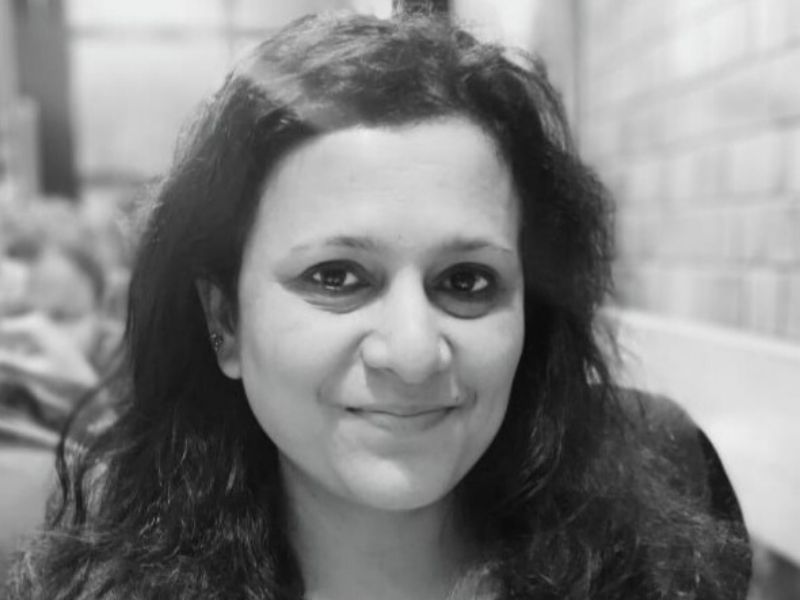Media Education: Youth, learning and literacy
In engaging with the media, young people explore and learn about themselves and the world around them. Youth involvement in the media spans a wide range of activities – from learning technical, production, writing, and reporting skills to developing and deconstructing media content– and is closely connected to the processes of media education and media literacy. In doing so, they bring their own unique knowledge and perspectives. The praxis in media education is of utmost important especially when we refer to studies in Journalism, Communication, Film, TV and Online. Praxis can be understood “as a social or pedagogical process which enlists human efforts to understand the world more accurately in conjunction with a political will to transform social practices and relations” (Sholle and Denski, 1993). Connecting theory and practice is crucial for the youth while participating in any media or media literacy environment. To this end, the youth has to not only imbibe the practical aspect but also thoroughly absorb the cultural and media theories, as well as engage in scholarship in the humanities, social sciences, and philosophy to demonstrate the emergence of new models that seek to blend theory with praxis.
The paradigm of media education, as it is generally understood and applied in several contexts, has been critiqued from a variety of theoretical and praxis-oriented angles. Youth has been characterized as “persons-in-the-making,” always in the state of “deficit”, numerous governmental and policy-related legislations that view ‘youth as a problem’ with an increased emphasis on “control within education and training.” Further complicating this problem has been the persistent use of terms like “adolescent”, “teenagers”, “young blood” etc, that have been used interchangeably.
“We must prepare young people for living in a world of powerful images, words, and sounds” (UNESCO, 1982).
With the emergence of new paradigms and models, media literacy among the young adults has become a focus of several institutions and organizations. Recent scholarship on young adults have begun to question the developmental models that view young people as “persons in the making,” thereby denying any authentic agency. The emerging new paradigms consider youth as protagonists who are capable of making decisions, exercising choices, and more important, as individuals who are active agents in promoting democratic processes and civic engagement. This is an innovative approach toward inculcating a critical stance among young people about the media world – a world where powerful images, words and sounds create reality. In order to enable a critical reflection on the media discourse vis-à-vis their everyday lives youth studying media ought to be provided with opportunities to learn through their experiences of diverse ideas visual images, words and sounds.
Emphasis on interaction, reflection, and hands on experience (John Dewey’s education theory) and Pablo Freire’s insights on dialogical education and developing consciousness has shaped contemporary discussions of media education, learning and literacy. Consequently, it becomes important to pursue this field of Media Studies as a broad rubric where principles and practices are interlinked in terms of a “constellation,” that is dynamic and open-ended.
It is in practice that a theory ought to be anchored. Going beyond the instrumental acquisition of skills and techniques, the aim of Media Institutes, Colleges and Universities ought to be to explore and examine a few of the questions such as – Does media participation empower the youth? How much importance is to be given to media technology? Are there business models that are required to be followed in media? Is content about innovative uses and participation? How about “mixed media”, collaborations in and within media?
It would be worthwhile for any student or faculty in media aims to pursue answers to these very basic yet pertinent questions. The French philosopher Guy Debord appropriately remarked that ours is a “society of spectacle,” largely shaped by the culture of consumerism and entertainment, driven by media forms of cinema, television, documentaries, short films whether in the postmodern west or the underdeveloped and the developing countries. While, on the one hand, media images celebrating consumerism, fashion and glamour offer visions of happiness and prosperity, on the other, certain meaningful stories can also lend themselves to social transformation. In today’s times we are producers and consumers at the same time. For any education organization, let it not be in the interest of mere numbers and rankings but in rising above with all sincerity to combine hands on (practical) and dialogue (theory and interaction) learning more so when it comes to film and media studies. 
While I do agree that Indian Universities, colleges and private institutes are trying their best to provide for the curricula suitable best for the students, it is imperative that the people who are teaching them should prepare the youth in tandem with the ever growing dynamics of the media world which need not always culminate into profitable models always but rather explore the various possibilities of the human mind in a constructive way.
The views, thoughts, and opinions expressed in the article belong solely to the author, and not necessarily reflect the views, thoughts, and opinions of EducationWorld.

















Add comment